Proposed Unincorporated Seminole Recreation Municipal Service Taxing Unit
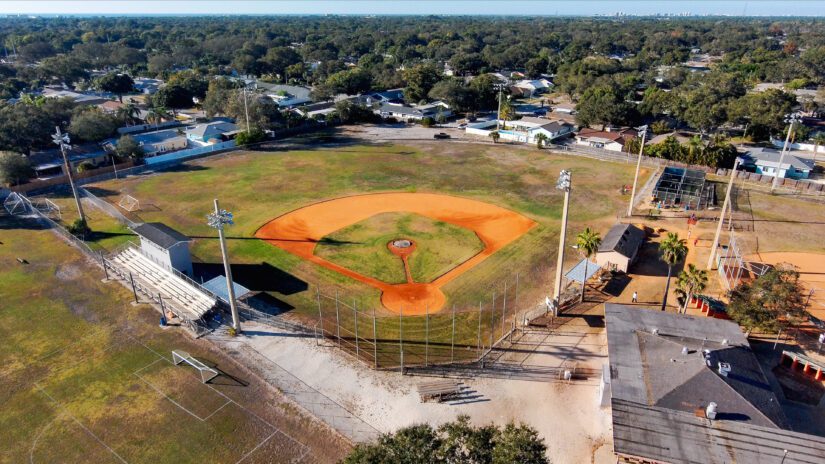
Seminole Rec MSTU Update
The Pinellas County Board of County Commissioners approved the creation of the Seminole Recreation municipal service taxing unit at the Dec. 12, 2023 public hearing. You can watch the full meeting here.
On December 12, 2023, the Pinellas County Board of County Commissioners approved the Seminole Recreation Municipal Service Taxing Unit (MSTU), a special taxing district that funds improvements to a neighborhood or community area, to help fund the operation and maintenance of County-owned youth sports and recreation facilities in unincorporated Seminole which are operated and maintained by independent non-profit youth sports organizations. 100% of the funds collected through an MSTU are used for that specific area and purpose.
The information below and this video summarize the original proposal.
Background
The Greater Seminole Area Special Recreation District was created in 1980. It owned land in unincorporated Seminole to be used for sports and recreation facilities. The two recreation facilities that were in the District are the Seminole Jr. Warhawks Athletic Association and the Seminole Youth Athletic Association. The District had the authority to levy taxes to pay for expenses for only the first three years. The facilities currently provide sports programming such as youth baseball, football and soccer.
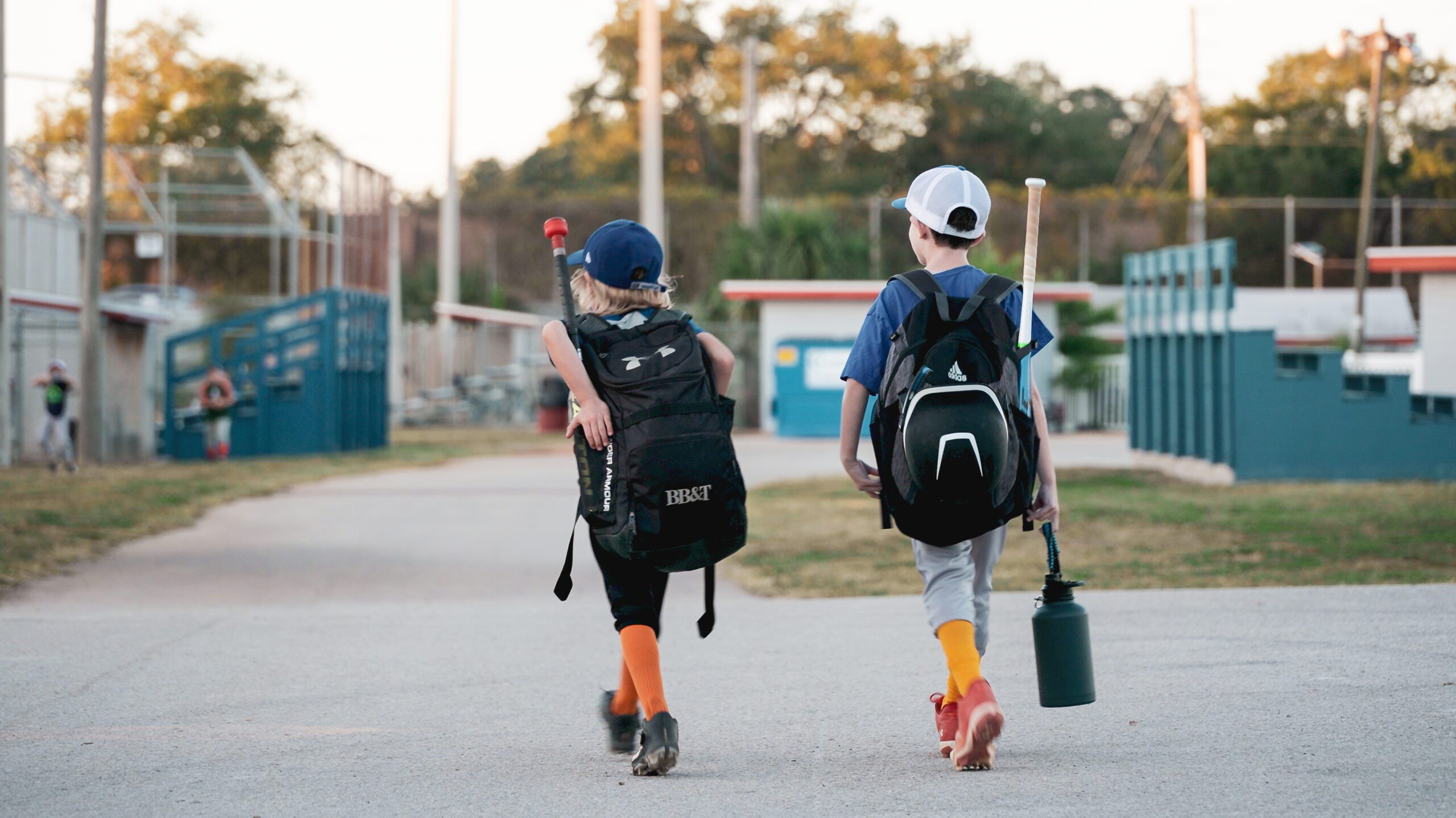 Without a consistent funding source, the Seminole Youth Athletic Association struggled to maintain its facilities. To address the problem Pinellas County, and state legislators worked together to pass legislation to disband the district and transfer ownership of the facilities to Pinellas County Government. This became law on July 7, 2023.
Without a consistent funding source, the Seminole Youth Athletic Association struggled to maintain its facilities. To address the problem Pinellas County, and state legislators worked together to pass legislation to disband the district and transfer ownership of the facilities to Pinellas County Government. This became law on July 7, 2023.
Condition and future of the sports facilities
In 2017 the County hired the Sports Facilities Advisory to assess the current and future needs and develop a plan to meet those needs. The assessment showed that the three facilities are not sufficient to meet the current and future need for sports and recreation in the area. They are badly in need of repair and renovation, and additional playing fields are required. 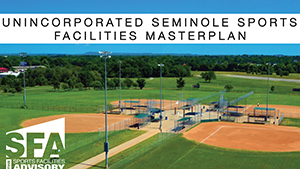 The County needs a way to improve these facilities and continue to operate them. Using input from District volunteers and licensed youth sport officials, the Sports Facilities Advisory developed a plan recommending the following improvements. These are recommendations only and are subject to change:
The County needs a way to improve these facilities and continue to operate them. Using input from District volunteers and licensed youth sport officials, the Sports Facilities Advisory developed a plan recommending the following improvements. These are recommendations only and are subject to change:
- Renovating the Cross Bayou sports complex, improving parking and adding two new baseball/softball fields.
- Expanding and renovating the Seminole Jr. Warhawks facility and adding adjacent land to create a total of 10 multi-purpose fields.
- Reconfiguring the Seminole Youth Athletic Association fields to improve parking and result in four baseball fields and two multi-purpose fields.
- Consolidating youth sports programs under the program providers to ensure adequate access to facilities and to reduce competition for resources and participants.
The cost of these improvements is expected to be approximately $21M to $25M.$10M has been approved in American Rescue Plan Act (ARPA) funds for the Cross Bayou facility, $8.75M is programmed in the Penny for Pinellas one-cent infrastructure sales tax for the Seminole Jr. Warhawks facility. The remaining needed funds for the Seminole Youth Athletic Association facility could be requested in the next Penny cycle, if approved by voters, or could be raised by the MSTU.
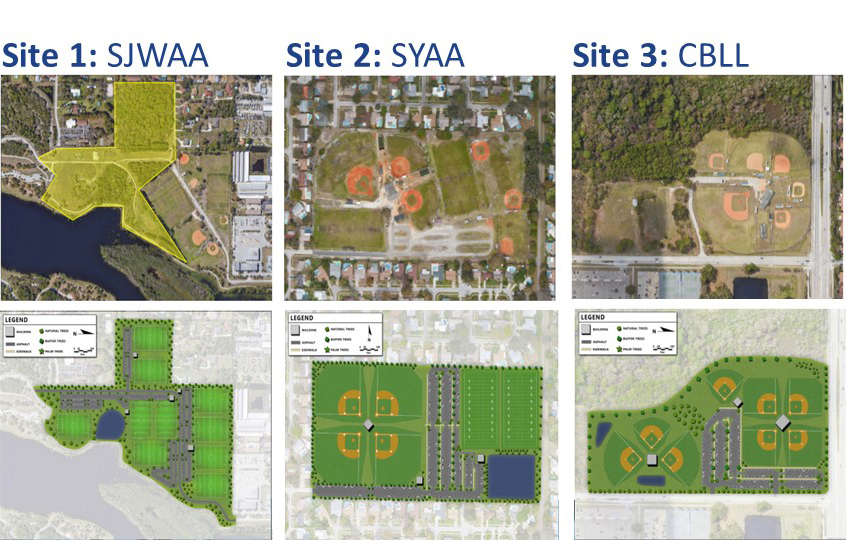
Purpose of the MSTU
Fortunately, the County expects to fund many improvements through other sources, but only $18.75M of the $21 to $25M needed has been allocated. Facility users need an ongoing way to pay to operate and maintain the facilities. The nonprofit organizations that currently operate the facilities have not been able to raise sufficient funds to meet the needs. They estimate an annual operating cost of $400,000 per year.
How is this done in other areas?
The East Lake Youth Sports Association approached the County to help lower participation fees, address aging infrastructure and fund expansion. They too were experiencing an increase in participants and the cost of maintaining the complex became too burdensome. In 2014, East Lake Recreation was created through an MSTU, which established a special taxing district and a 0.25 mil ad valorem tax for the facilities. It is now managed by Palm Harbor Community Services Agency, which was created in 1985 to provide recreation and library services to the unincorporated community. The Agency reports to the Board of County Commissioners for funding approval. Approximately 60% of East Lake Recreation’s budget from the MSTU funds operating expenses and field maintenance. The remaining funds are set aside in reserve to fund future replacement and expansion projects.
How will this work?
The athletic associations that currently operate the facilities in unincorporated Seminole approached the Board of County Commissioners and asked for a special taxing district to provide a dedicated funding source through property taxes in the same way the East Lake facilities are supported in northern Pinellas County. This would apply only to homes in the geographic area of unincorporated Seminole near the facilities, as shown on the map below.
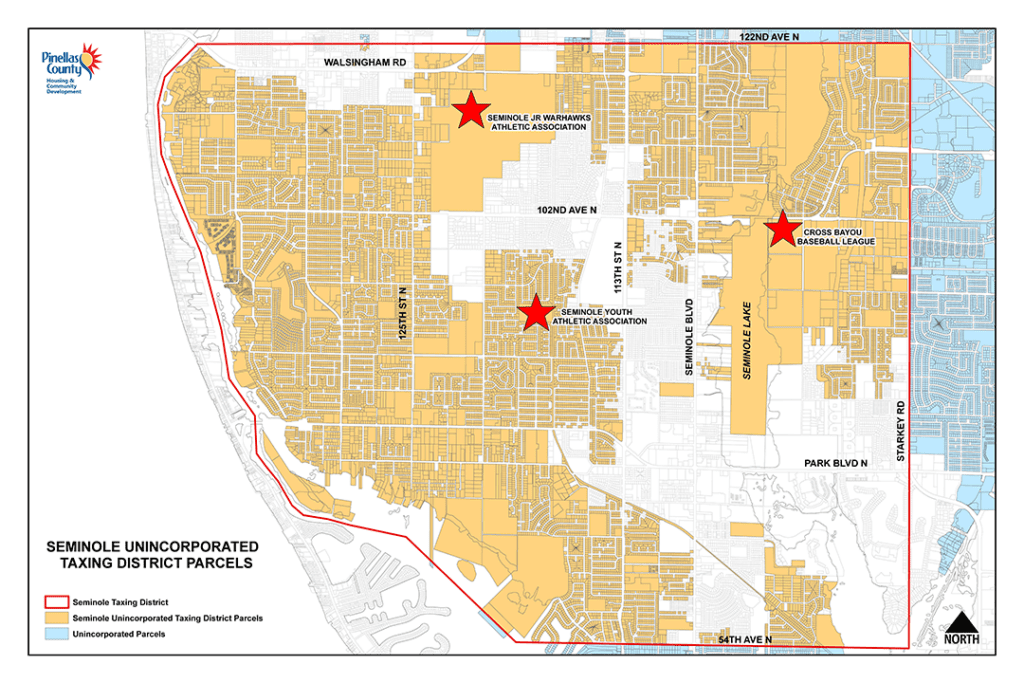
If the same rate is used here as in East Lake, 0.25 mills, the average household with a home that has a taxable value of $200,000 would pay approximately $50 per year to improve and maintain these recreation facilities. This is estimated to raise $893,835 per year, providing operating expenses as well as funds for current and future capital repairs and improvements.
The Board of County Commissioners approved the creation of this MSTU on Dec. 12, 2023, at a public hearing. Rates will be decided by the Board of County Commissioners at a later date.
How to learn more from the organizations that operate these facilities
These groups have started a Facebook page about the proposed recreation field funding: https://www.facebook.com/YesToRecSeminole
Email: YesToRec@gmail.com
Other related pages:
- Cross Bayou: https://www.facebook.com/groups/crossbayoulittleleague/
- Seminole Youth Athletic Association: https://www.facebook.com/groups/141173385904234/
- Pinellas County Youth Baseball and Softball: https://www.facebook.com/PCYBaseball
Frequently Asked Questions
If the Board creates the MSTU with the authority to levy a .25 mill assessment, does the MSTU automatically charge that amount?
No. The Board of County Commissioners would have the authority to levy up to the maximum millage authorized by the ordinance. The BCC would make this decision annually during the budget adoption process.
Many families who use the fields live in the City of Seminole and would not be contributing to the MSTU. Will the city be contributing to the operating and maintenance costs?
No. The City of Seminole will not be contributing to the cost. If an MSTU is adopted, it is likely that residents who are not part of the MSTU will pay an additional “out-of-district” fee with their registration.
How will the facilities operate under the MSTU?
The Board of County Commissioners (BCC) will be the governing body of the MSTU and will contract with a non-profit to administer operations and maintenance funds for the facilities. The non-profit will have a BCC-appointed, 7-member board of directors that includes a representative from each facility and four at-large representatives who live within the district but are not affiliated with the three facilities. The non-profit board would provide an annual budget to the BCC for approval.
Will the MSTU pay for player uniforms, equipment or travel?
No. Funds raised through the MSTU will only go towards the maintenance and operations of the facilities.
These fields have been here for decades. Why do we need this now?
The existing facilities need significant repairs to provide for safety and operations. To address this, Pinellas County has prepared a multi-year, multimillion-dollar facility renovation and expansion plan with improvements to the complexes. For the County to invest in these projects, we must ensure the facilities will be properly maintained so they will be preserved for decades to come. The MSTU would offset the day-to-day operating and maintenance expenses and potentially contribute to needed capital repairs and improvements.
What is the overall benefit of these youth sports fields to the community?
Access to youth sports facilities provides opportunities for community fitness, youth development, social interaction and learning new skills. They also promote healthy lifestyles through activities that improve physical and mental health and delay onset of potential adult health issues.